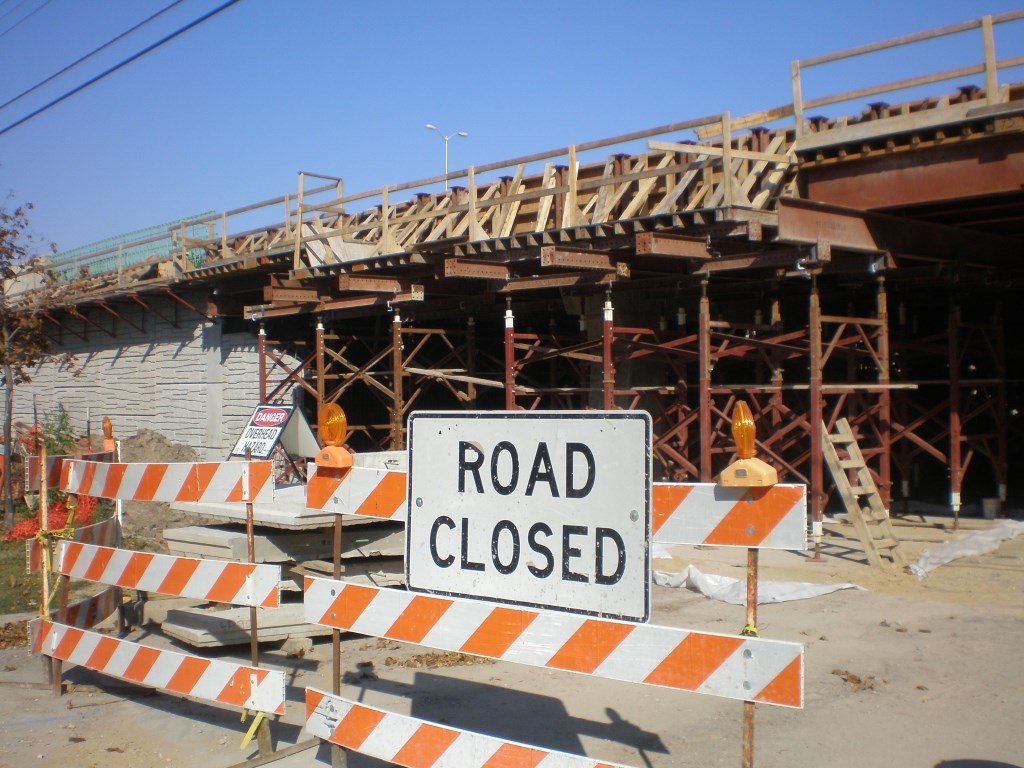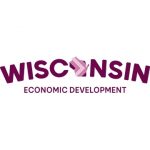I-94 Can Be Rebuilt Responsibly
Simple, smart compromise both sides could embrace: reconstruct but don’t expand it.
A recent opinion piece in Urban Milwaukee by the representatives of four labor unions seemed to imply that opponents of WisDOT’s plan to rebuild I-94 would undermine economic recovery and deny thousands of people jobs.
Quite the contrary. Opponents are not disputing that this 1960’s buildout of a 1950’s era design is due for reconstruction. What the project’s opponents are pushing back against is expansion – increasing the size of the current freeway from six to eight lanes. Their argument, which has been made in other Urban Milwaukee pieces, points to the environmental, economic, and health costs of expansion, which will be borne most heavily by low-income residents and communities of color.
But what if the experts are wrong and traffic does not increase? That’s possible. In its original Environmental Impact Study WisDOT based its traffic projections on data from 2009. But traffic is declining. While some people have no choice but to use transit, demographic trends indicate that millennials and boomers are voting with their feet, foregoing cars and opting for transit, biking, and walking. Multiple studies show that the availability of transit and active modes of transportation strongly affect young professional’s decisions about where to live. Finally, changes in driving patterns brought on by the pandemic are expected to continue as work-from-home becomes a permanent option for many workers.
Either way, expansion appears to be a poor choice. But other options provide a middle ground that can address the concerns of both parties.
WisDOT’s original Environmental Impact Study referenced the option of reconstructing I-94 without expanding its footprint — while also updating local arterial streets. Although WisDOT dismissed this option, it was endorsed by WISPIRG, a nonprofit and nonpartisan organization that advocates for the public interest. WISPIRG also recommended using the cost savings to expand transit service along the corridor. This would reduce the load on the freeway and better serve the neighboring areas, which account for 75% of traffic on this section of the freeway according to WisDOT’s own analysis.
According to a study by Cornell University, public transit produces 31% more jobs per dollar spent than money expended on highways. Many of these jobs, which last long after a construction project has ended, are more varied and pay a living wage without requiring advanced degrees. And whereas freeways are designed to bypass commercial districts along their path, public transit and active transportation modes support local businesses and create economic opportunity for residents.
Do we want a quick cash grab, or a thoughtful process to design our infrastructure so that it addresses carbon emissions and meets the long-term needs of everyone in our communities, including those who don’t drive? The best way to determine how to go forward is for WisDOT to conduct a new Environmental Impact Study.
Jennifer Ann Evans, member of 1000 Friends and the Coalition for More Responsible Transportation.
Op-Ed
-
Wisconsin Candidates Decry Money in Politics, Plan to Raise Tons of It
 Dec 15th, 2025 by Ruth Conniff
Dec 15th, 2025 by Ruth Conniff
-
Trump Left Contraceptives to Rot; Women Pay the Price
 Dec 8th, 2025 by Dr. Shefaali Sharma
Dec 8th, 2025 by Dr. Shefaali Sharma
-
Why the Common Council’s Amended Budget is Good Policy for Milwaukee
 Nov 20th, 2025 by Alds. Marina Dimitrijevic and Russell W. Stamper, II
Nov 20th, 2025 by Alds. Marina Dimitrijevic and Russell W. Stamper, II
Transportation
-
Congestion Pricing Cuts Air Pollution in New York City
 Dec 14th, 2025 by Jeff Wood
Dec 14th, 2025 by Jeff Wood
-
FTA Tells Milwaukee to Crack Down on Fare Evasion — Even Where Fares Don’t Exist
 Dec 12th, 2025 by Graham Kilmer
Dec 12th, 2025 by Graham Kilmer
-
Will GOGO’s Bus Service Ever Get Going?
 Dec 9th, 2025 by Jeramey Jannene
Dec 9th, 2025 by Jeramey Jannene



















Jennifer’s op-ed is accurate and powerful. We really don’t need a billion dollar boondoggle.
Can someone please apply this same sensible logic to I 43 expansion from Silver Spring to Grafton?
Hip, hip, hooray!